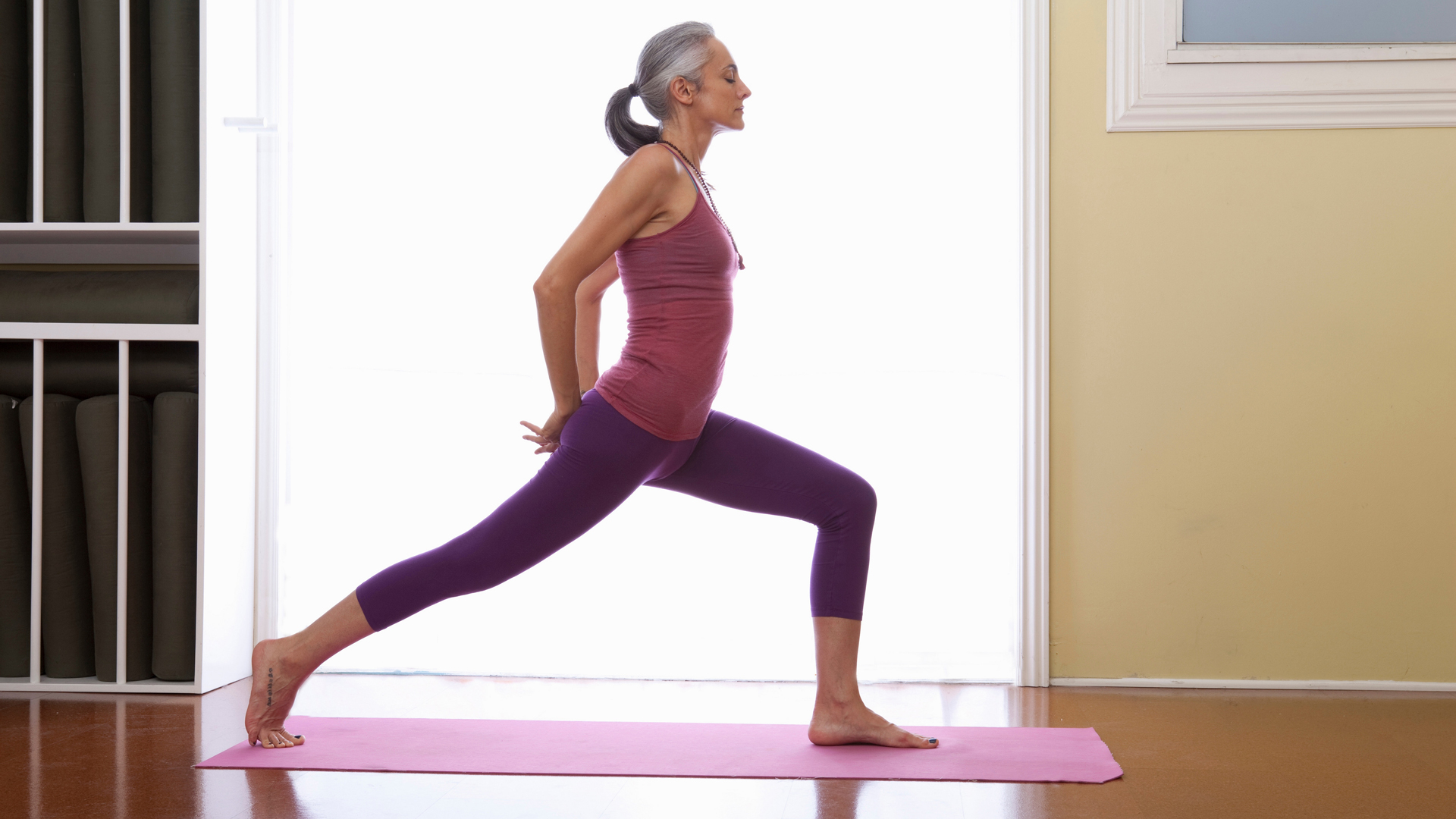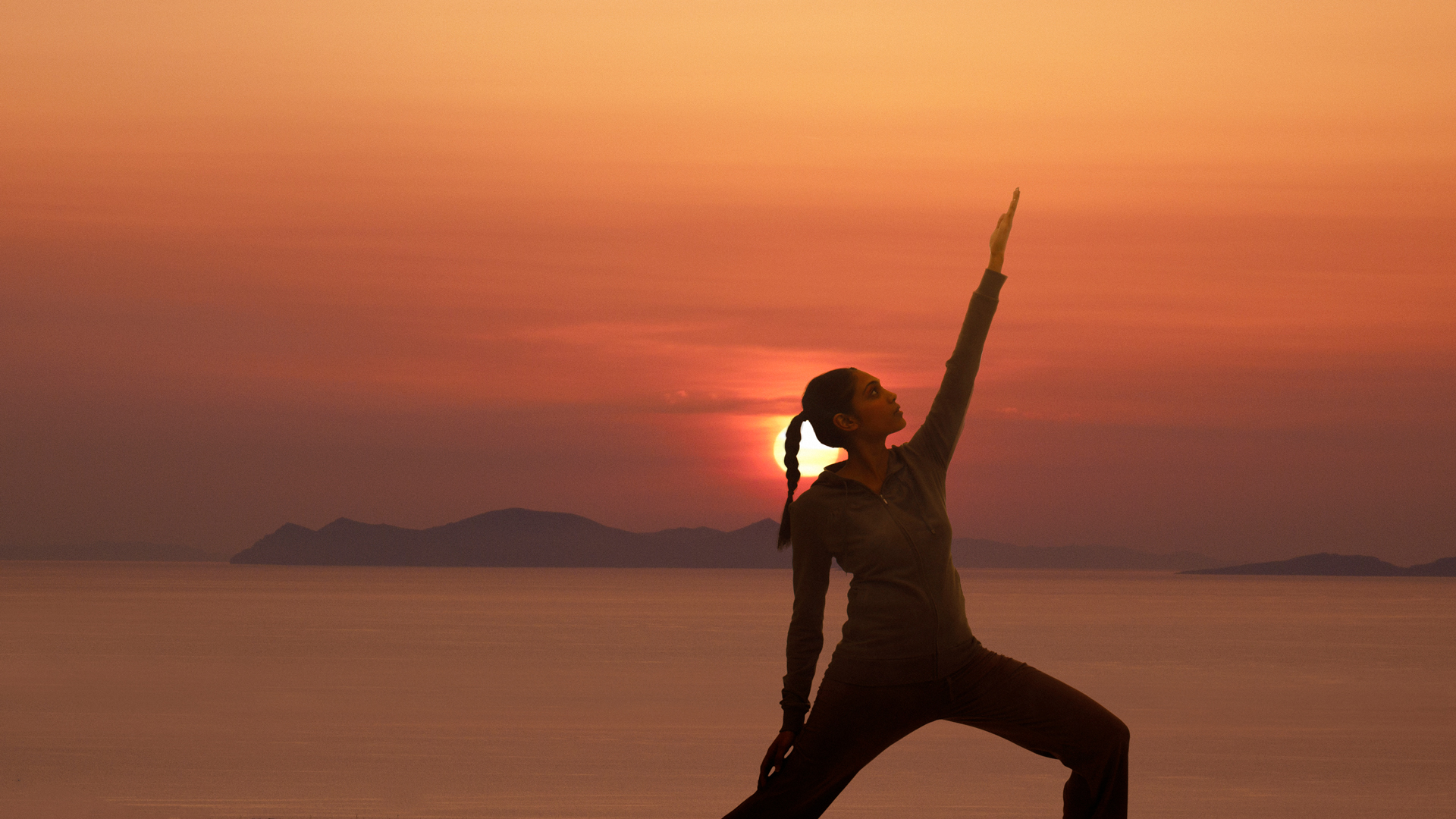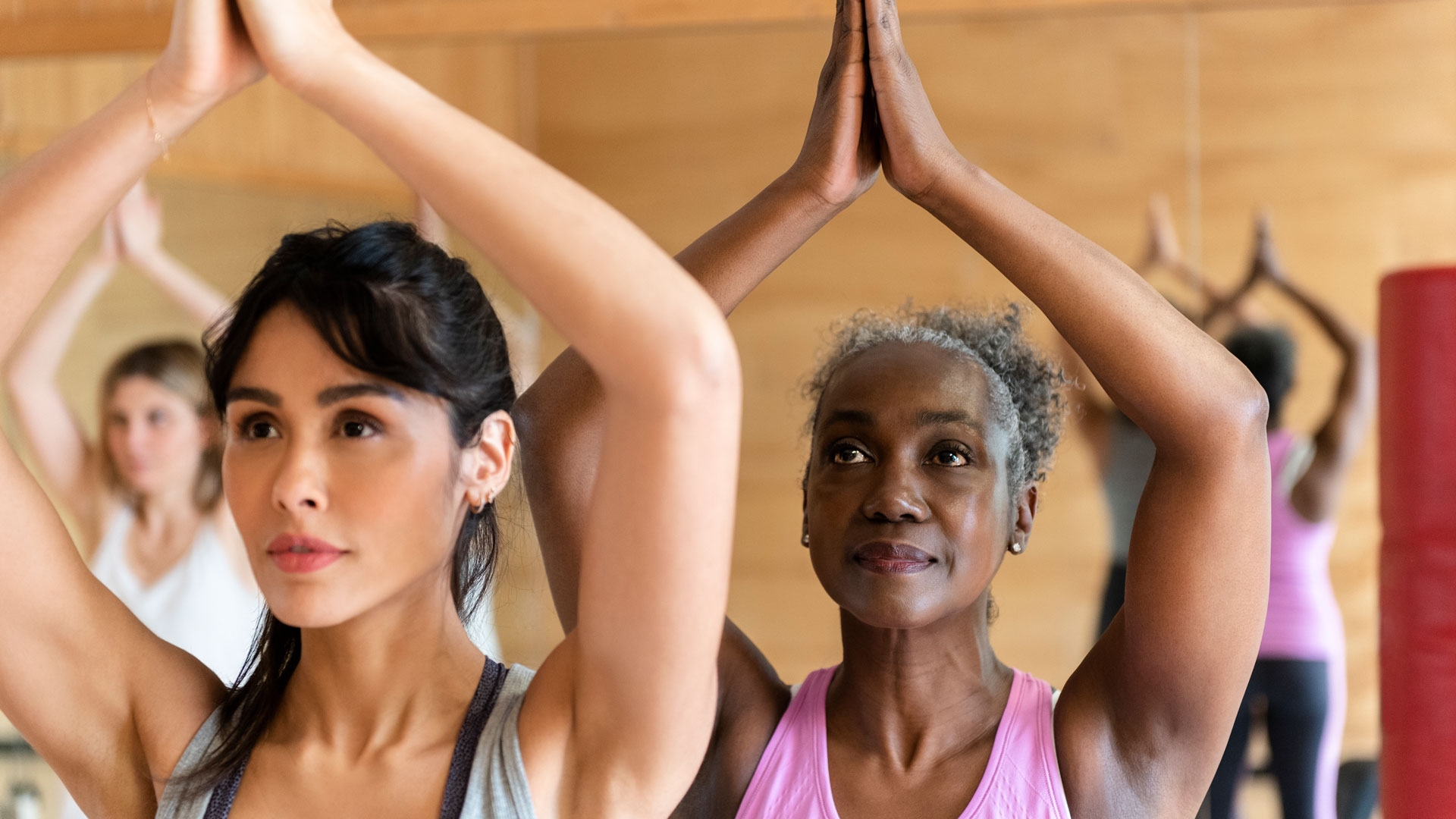Is yoga good for you?
It’s a popular way to work out, but is yoga good for you? We take a look.

There’s no denying the mass appeal of yoga, but is yoga good for you? Whether you’re a beginner or an expert, there are plenty of options for giving yoga a go. With fitness centers and gyms usually offering regular classes and a plethora of online classes, yoga is one of the most accessible workouts around.
Plus, with the essential kit for yoga consisting of some comfortable clothes and one of the best yoga mats, it’s also one of the most affordable options for getting some exercise. However, is yoga good for you and your physical and mental health? And if it is, how exactly does it benefit you?
• Related: Best resistance bands
Is yoga good for you?
According to Liz Joy Oakley, Head of Wellness and a yoga and meditation teacher at MoreYoga, some of the biggest physical benefits of yoga include improved flexibility and strength and the release of tension in the body. Depending on your goals, Oakley told Live Science, "there are many different styles of yoga to suit your body and what you need, whether you’re recovering from an injury, wanting to break a sweat or reduce stress."
To get the most from your practice, she suggested participating in a class as regularly as you can and trying different styles. "Some people will do yoga every day and it becomes part of their lifestyle whilst other people might prefer to do two to three key classes per week. To really support your physical, mental and emotional health through yoga, I would suggest combining some dynamic, flowing classes with more restorative or meditative classes throughout your week."
Yoga can be good for our mental health and wellbeing, helping us to calm the mind and reconnect with our breathing. Yoga can also help to ease the symptoms of anxiety, stress and depression, which is particularly helpful when considering how mental health affects physical health. The John W Brick Foundation Move Your Mental Health report found that mindfulness-based activities such as yoga deliver more mental health benefits than walking.
The research also found that types of yoga and other mindful exercises, such as Tai Chi and Qigong, show strong evidence for reducing symptoms of anxiety and depression. Plus, exercise and mindful movement such as yoga should be strongly considered for integration into the treatment of symptoms of anxiety.

Yoga and breath–work teacher Laura Pearce told Live Science, "Yoga has been shown to help with management and treatment of anxiety, stress, sleep disorders and burnout. There could of course be an element of perceived efficacy; any 'self-help' program you embark upon gives you a sense of hope and empowerment, so the very act of committing to take up yoga could on the psychological level have benefits.
"Having said that, there are actually very tangible mechanisms at work when we practice yoga and meditation that have a measurable effect on our mental health. For example, the key mechanism is parasympathetic nervous system activation.
"Through breath–work and single-pointed focus we bring the body into a 'rest and digest' state. When we feel agitated, stressed or anxious, our body shifts to 'fight or flight' aka its sympathetic state, and so one of the main 'goals' of yoga is to bring the body out of chronic sympathetic (stress) activation, and balance the nervous system, keeping us calm and literally reducing secretion of stress hormones such as cortisol and adrenaline."
Oakley agreed, "Attending regular yoga classes can help to build mental resilience, due to neuro–plasticity in the brain we are able to build new neural pathways that can help us to respond to stressful situations with a calmer response. The more we practice yoga, meditation and breath–work, the more mental resilience we can build to help us better navigate challenging times in our lives."
For meditation or relaxing, she recommends poses such as Child’s Pose (Balasana) and Elevated or Supported Corpse Pose (Savasana).
Is yoga suitable for all ages?
Yoga can be beneficial for all age groups, with research from the University of Edinburgh finding that yoga improves physical function and mental wellbeing in healthy adults over 60. This busts yoga myths that suggest that the practice is only for the young. Oakley explained, "For many older adults, it can help to improve their holistic wellbeing, including cardiovascular health and blood pressure. Regular practice can also greatly aid in the recovery of injuries whilst helping to reduce stress, anxiety and depression."
Meanwhile, Pearce believes that one of the great things about yoga is that it can be taken up at any stage of life – including by young children. "Yoga for kids is seen as a great way to settle overactive children, and help behaviorally challenged kids to learn to self-soothe. You'll see yoga on the curriculum at many primary and high schools nowadays.
"I personally think the younger you begin to practice yoga the better. The prefrontal cortexes of young children haven't fully developed yet, which means they don't have as much 'functional fixedness' as adults i.e. they are literally more open minded and creative.

"Kids are able to explore the many different aspects and layers of yoga in a much more curious way, hopefully creating coping mechanisms and skills that will stay with them for life."
How can yoga help knee pain?
If you’re suffering with knee pain and you want to know how to exercise without hurting your knees, yoga can be a good choice of exercise as it’s low-impact and puts less strain on the body and joints, according to MSK Specialist Physiotherapist Benoy Matthews. He told Live Science that practicing yoga regularly can strengthen the joint, improve blood flow and circulation of synovial fluid (the lubrication around the joint), help with stiffness and improve coordination and stability.
However, he also advised that it’s really important to "work with a practitioner who understands pain" and inform them of any pain or injuries you’re carrying before the start of a class, so they can advise on any modifications or poses to avoid.
Oakley agreed, adding: "Many styles of yoga, such as Hatha, Restorative and Slow Flow, involve low-impact exercise, minimizing the amount of pressure it puts on the joints.
"Yin yoga in particular is a much slower style of yoga where we hold postures for one to 10 minutes at a time. This helps to promote supple, flexible joints and works into the deep connective tissue and fascia throughout the body.
"If you suffer from knee and joint pain, it’s important to avoid high impact sports or anything that can put too much strain on the affected area. In yoga classes make sure to use props such as blocks, blankets or bolsters to support your joints. Make sure not to push yourself too far and listen to your body. Our bodies are our best teachers when we listen to what they need."
Sign up for the Live Science daily newsletter now
Get the world’s most fascinating discoveries delivered straight to your inbox.
Specializing in health and fitness, she is also the former editor of the leading industry magazine, Workout.
To keep fit, she enjoys walking, yoga and trying out new group exercise classes.











